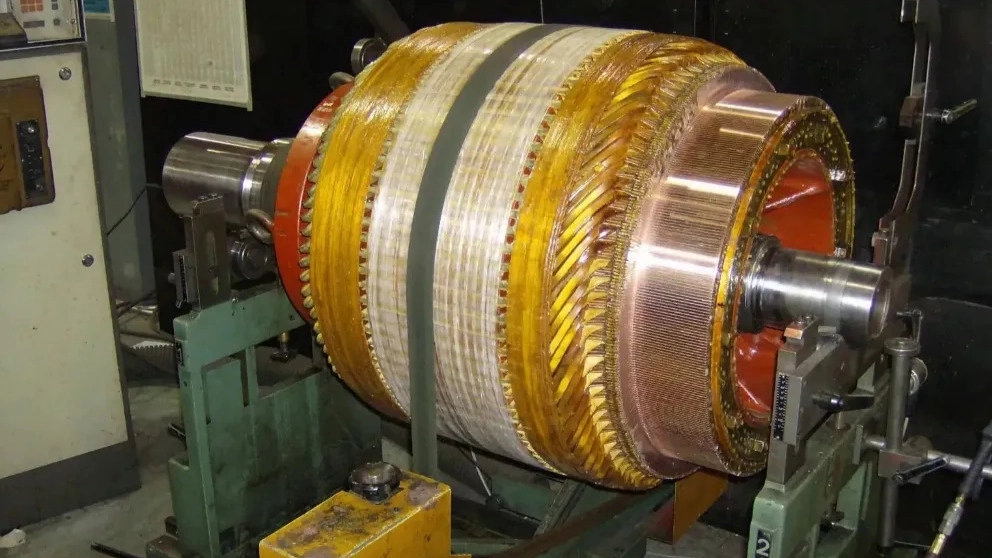What is static balance?
The word static balance is a term used in physics to describe a situation in which the sum of the forces acting on an object at rest is zero. In other words, the forces pulling the object in different directions are balanced and cause the object to remain stationary. For an object to be in static equilibrium, it must also be in translational and rotational equilibrium, that is, external forces and external torques on the object must reach exactly zero.
In physics, kinetic forces are often described as vectors. A vector is an abstract mathematical concept that is used to show the direction and magnitude of a force.
Newton's first law of motion states that when the sum of the vector forces on an object becomes zero, the object remains at a constant velocity. Objects at rest remain at rest unless a force is applied to them. The sum of vector forces is also called resultant force or net force.
In the state of static balance, forces are applied to an object, but the vector sum of all the forces applied to that object is zero. This means that the opposite vectors exactly cancel each other and therefore produce zero net force on the object. Although there are forces, the object remains motionless.
When the external forces acting on an object cancel each other, it is said that the object is in transitional equilibrium, which is the first necessary condition for static equilibrium. The second condition is rotational stability. In rotational balance, the net torque or rotational force on the object must be zero.
Static balance occurs when the center of gravity of an object is on the axis of rotation. This type of balance allows the object to remain stationary, with a horizontal axis, without applying a braking force. A static balance does not tend to rotate due to the force of gravity.
What is dynamic balance?
Dynamic balance occurs when rotation produces no centrifugal or torque forces. This system rotates without the need to apply any external force, other than the force required to support its own weight. When a system or machine is unbalanced, a counterweight is added to prevent stress on the bearings. Dynamic balancing is a way of balancing machines by rapidly rotating parts and then measuring the imbalance using electronic equipment. The calculated imbalance can then be added or subtracted from the weight until the vibration of the parts is reduced.
Dynamic balancing is simply the method by which we balance the moving parts of a machine or a piece of industrial machinery. . For this purpose, we rotate these parts at high speed. When we do this, we can get a measurement of the unbalance in each rotating component.

The difference between static and dynamic balance
Static balance refers to the ability of a fixed object to balance itself. Whereas dynamic balance is the ability of an object to maintain balance while moving or when shifting between positions.
For any form of balance to occur, the center of gravity must be located on the object's support base. The center of gravity refers to the part that is the center of the object's weight. Balance plays a very important role in cars. Balancing in machines helps rotating objects to prevent vibration. Vibration in machines can lead to breakdowns. Common breakdowns occur in generators and heavy machinery, so doing static and dynamic balancing can help prevent machine breakdowns. Balancing can also include shifting the center of gravity toward the center of rotation. Dynamic equilibrium is when the rotating system does not introduce any other forces or couples. Apart from the required force, the system rotates without any external force or additional pressure.
The definition of static balance refers to the ability of a fixed object to balance itself. In other words, dynamic balance is the ability of an object to balance during movement or when moving between positions.
Committing to static and dynamic balance can help increase the life span, quality and accuracy of your machines. Unbalanced parts can cause your device to fail, or worst of all, catastrophic failure. Dynamic equilibrium is an equilibrium in which reactants are converted to products and products to reactants at the same and constant rate.

